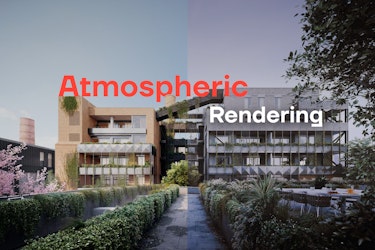Photorealistic CGI is an amazing tool for architects. It’s the most practical visual solution for project presentations, portfolio updates, marketing activities, and contest entries. At the same time, 3d visualization offers limitless possibilities for the architecture professional’s artistic expression. And it is the choice of weather and season that allows one to create not just an informative, but also a truly atmospheric rendering.
Architectural atmospheric rendering visualizations may now achieve near-perfect levels of realism with the correct tools, technical aptitude, and an eye for detail. Many architectural representations are becoming "indistinguishable from images," according to renowned visual artist Peter Guthrie.
This photorealism is becoming more common among architects and their customers, and there is a growing understanding that an exact visual portrayal of the built world is no longer adequate to affect people the way it previously did. As a result, aspects other than realism are becoming more important; composition, story, and mood in visualization are critical in distinguishing your image from the sea of renderings that is increasingly blooming across the profession.
Consider the examples below for generating genuinely atmospheric storytelling. Prepare to be transported into an ethereal realm of architectural artistry.
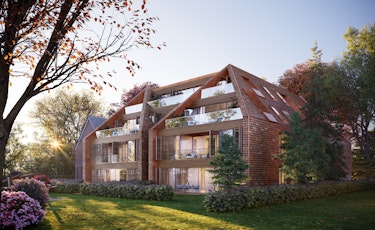
Lighting
When it comes to outside settings, the direction a structure faces determines how light bounces off its edges at different times of day. The selection of light in visualization is critical in order to get the desired impact for your project. For example, if you use soft and welcoming light in your render, it will have a calming effect; if you use bright lighting, it will give the main idea of the project a progressive appearance; and if you go with the night time, it will give your images some evening romanticism and will beautifully highlight the glass textures. Meanwhile, bright light in visualization functions like a spotlight and adds to the appeal of your render. Choose a light that complements the subject of your design and the aspects you are emphasizing. Use accentuation or secondary lighting to compliment specific areas you want to emphasize, contributing to the overall benefit of the design. Using shadows in renderings helps to expose the image's distinct tones, especially if everything's the same hue.
.jpg?ixlib=gatsbyFP&auto=compress%2Cformat&fit=max&q=75&w=375)
Contrasting allows us to combine the items in the render and bring them together to create a unified look. Our eyes are accustomed to viewing three-dimensional pictures with shadow and lighting, and without the use of darkness, the design does not appear genuine. As a result, the right mix of shadows and lighting enhances the design's visual attractiveness. Natural lighting is widely used as a decisive aspect in interior renderings.
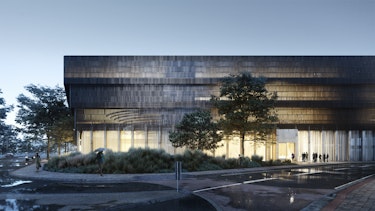
Weather
The most frequent choice for architectural renderings is sunny weather. For starters, it helps viewers to see the colors and textures of finishing materials, as well as delicate design elements, vividly. Second, it lends a pleasing appearance and a bright, joyful vibe to any depiction. As a result, the bright environment is a universal choice for presenting concepts to clients.
On the other hand, a rainy scene render has a serene and slightly melancholy tone. While it may not be the most exciting appearance for a project presentation, it may assist you in creating stunning and atmospheric works for your portfolio and social media postings. A wet climate, in particular, will make a structure, particularly a house, appear warmer and more inviting. Its somewhat monochrome colour palette, on the other hand, may well compliment minimalist designs.
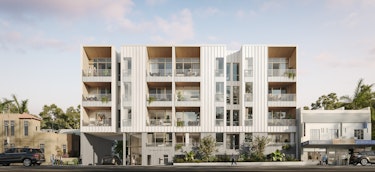
A depiction in a cloudy environment works well with a photograph of the same structure in a sunny setting. In a cloudy render, the time of day is frequently late afternoon or evening. This enables the client to see the external lights of the building. Furthermore, the increased contrast between the picture's lights and shadows results in a more atmospheric representation.
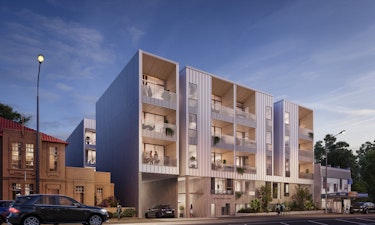
A stormy scene in an atmospheric rendering gives a wonderfully dramatic sense. This is a visually appealing image that is ideal for architectural design contests, magazine articles, and other applications where the visual must be outstanding and intriguing. It enhances the creative worth of a notion and works especially well with avant-garde designs. Rain use to enhance the atmospheric character of the picture, as well as automobile lights reflected in the wet road surface and a cluster of umbrellas beneath the warm glow of the windows above.
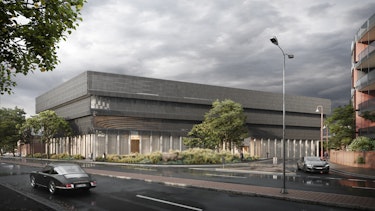
Seasons
Let's now look at the seasonal settings that may assist fill 3d renderings with the appropriate atmospheric storytelling.
Spring & summer
In visualizations, the two seasons seem nearly identical, so there's no need to examine them individually. They are the most popular among architects since they allow for the display of projects in a neutral atmosphere with nothing distracting the spectator from the architecture. You can still achieve an atmospheric rendering with this type of setup by changing the time of day.
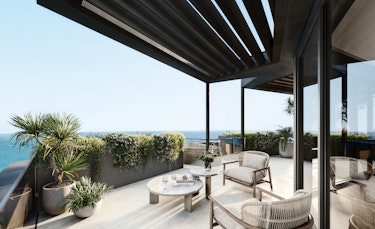
Winter & autumn
When you use a winter setting, you will always get an ambient rendering. Because of the contrast with the snowy scenery, it will make the structure feel extra warm and welcoming. Furthermore, such images frequently include Christmas decorations, which gives a pleasant and festive atmosphere to the image. So, if you know it's something your customer will like, go ahead and do it. However, unless it's a winter-only vacation house or resort, you'll most likely need to combine the render with another depicting the structure in spring or summer.
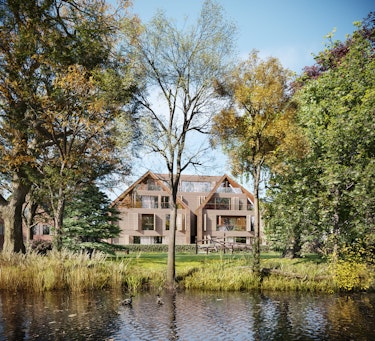
Those were the most distinct weather and season situations we could think of. As you can see, each choice contributes to the creation of a specific atmosphere in a picture. As a result, you may receive an ambient representation that is ideal for a certain project or purpose. In general, I like natural and warm colors in my renders rather than brilliant and cosmic hues, but we must remember that renderings are based on dreams, and our dreams reflect our creative freedoms removed from reality.
